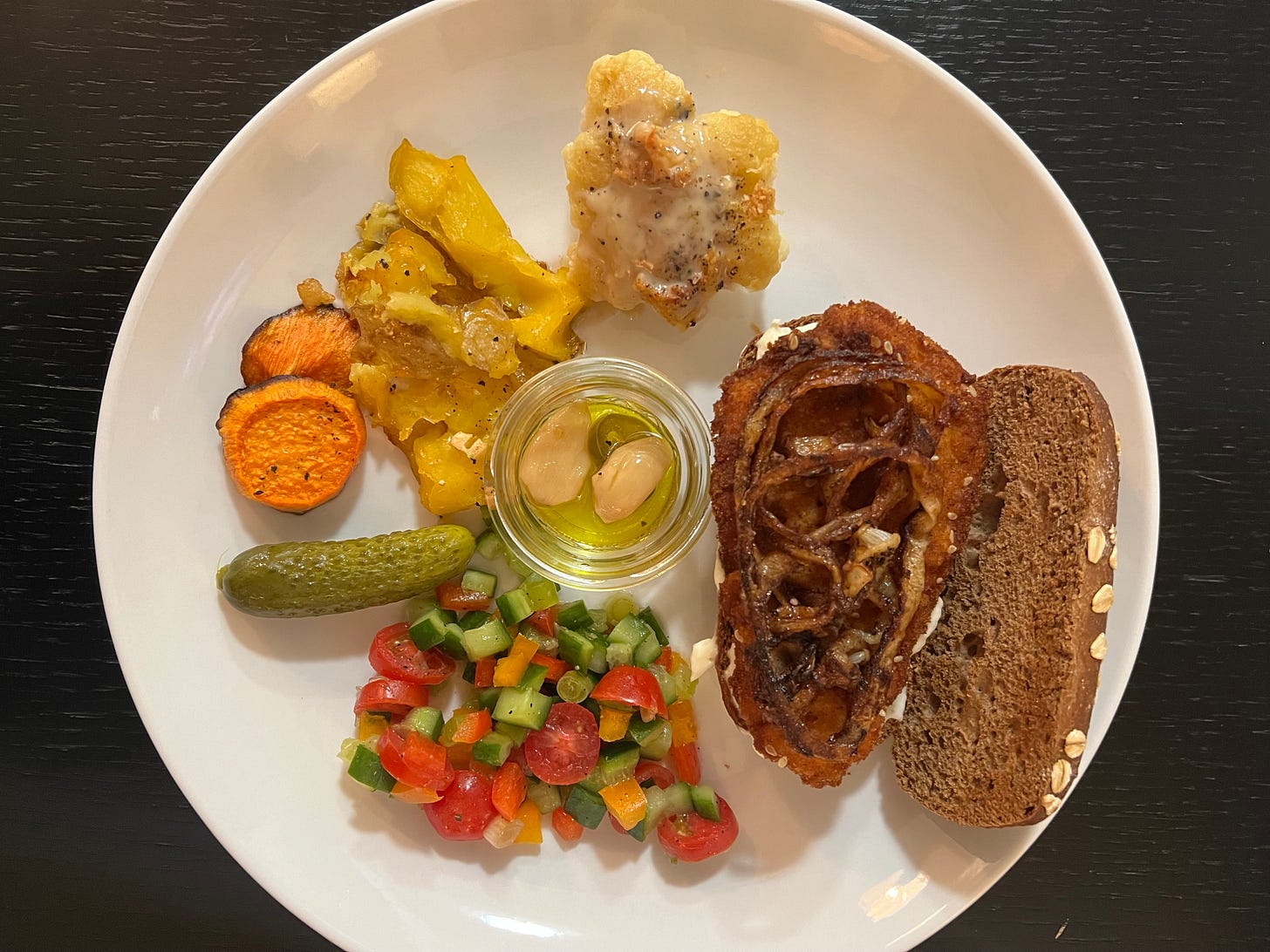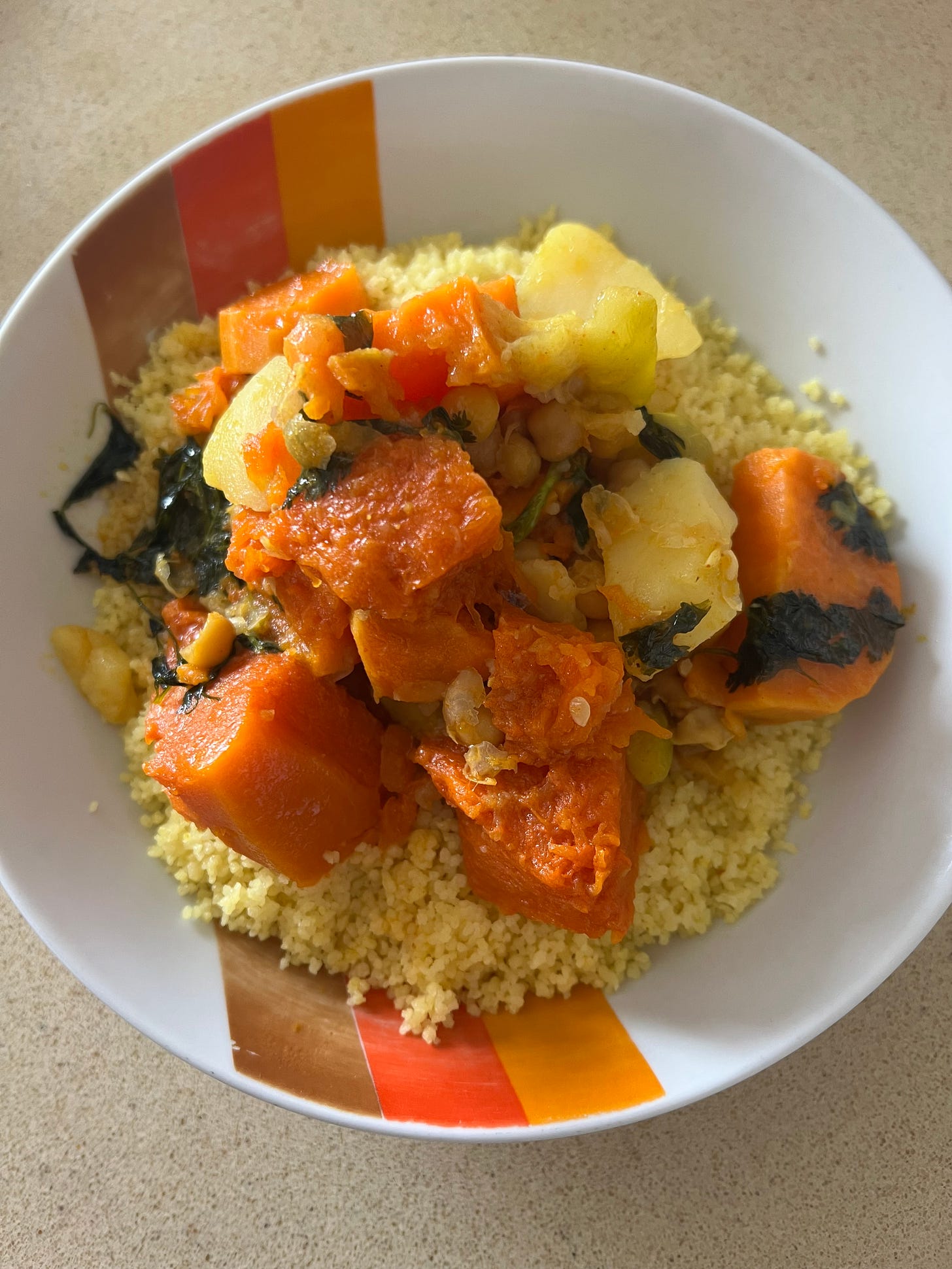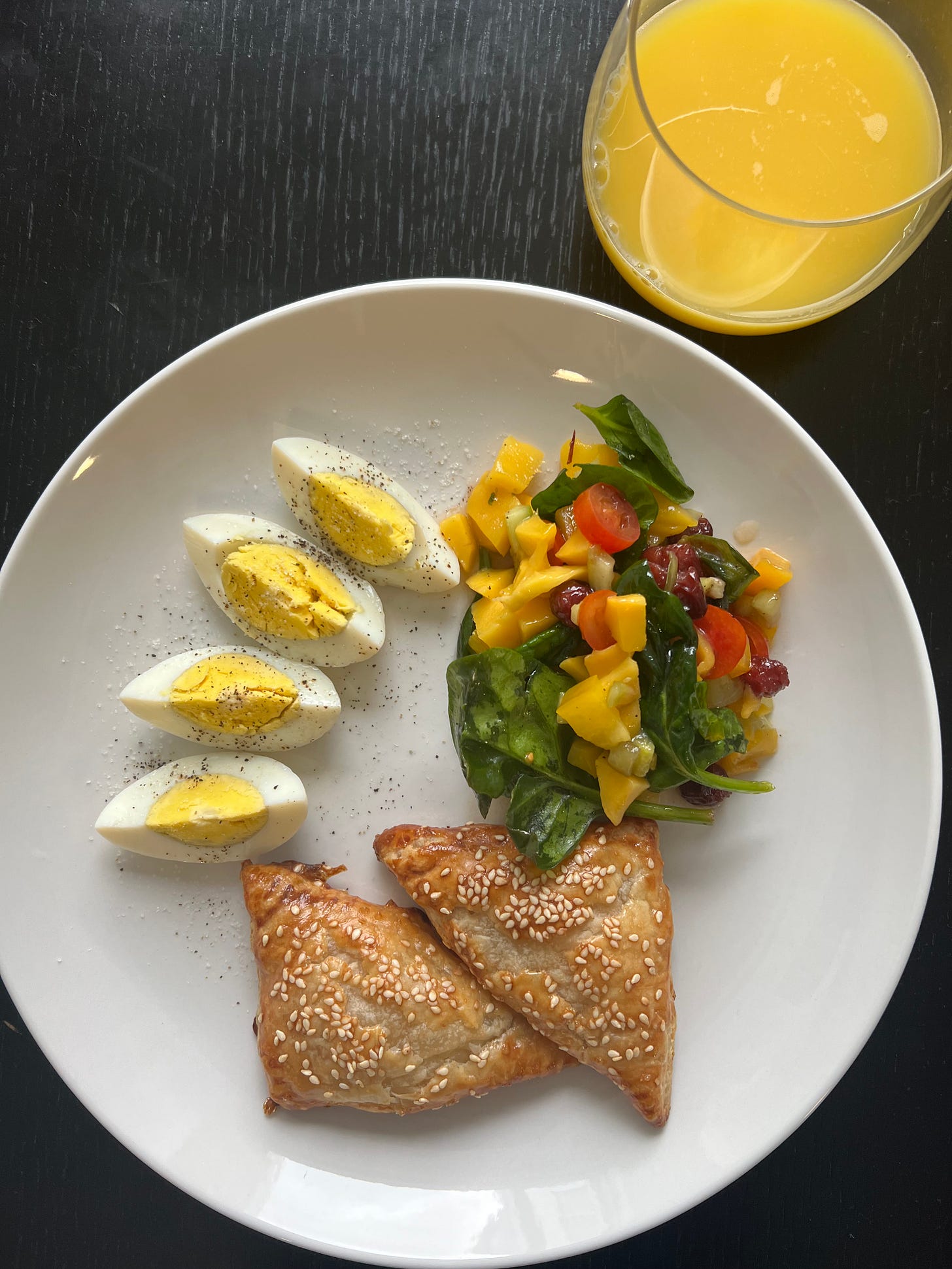A Culinary Journey Bringing People Together One Dish at a Time
A Story Unfolding Across Timelines
Current Time.
I have a confession to make. I have a foodie disorder. Wondering what a foodie disorder is? It’s a condition where I care deeply about what I eat and how the food looks on the plate. I have an insatiable need to cook, love eating out, and am always curious about exploring new flavors from different cultures and cuisines. This curiosity extends to understanding food traditions and the cultural significance behind various dishes.
I enjoy street food, fast food, premium restaurants, and Michelin-starred restaurants, but the dishes I love the most are the ones made by our grandparents. Their dishes have a unique taste that’s hard to find elsewhere. Grandparents know the secret recipes passed down through generations and add a lot of love to everything they make, giving their dishes flavors that even the most popular chefs can't match.
For me, cultural and traditional dishes passed down through generations, or those that have become signature dishes of a culture or nation, are the ones I'm most curious to taste. These dishes are much more than just representations of a culture, nation, or religion. They tell the stories of our ancestors and are woven with love into our family traditions.
Food represents society, reflects a community's cultural richness, and mirrors the ability to innovate. The way people within a culture express themselves through food indicates the level of openness and creativity in their society. The desire to incorporate ingredients from different cultures shows curiosity, a welcoming attitude, and a willingness to build relationships.
Food has the power to heal and bring joy. It is a universal language, allowing us to connect through shared meals and experience the energy of a culture through its flavors. It can bridge people, nations, and cultures, playing a crucial role in fostering mutual understanding and peace.
Just tasting delicious food can transport me into a magical world—a world full of flavors I taste for the first time that delights the palate. A world where my grandmothers are still alive and the food I eat tastes exactly as they used to make it. I invite you to join me on this journey and explore how food bridges people, nations, and cultures, fostering friendships.
When people ask me to tell them about Israel and what it's like, food plays a profound role in defining who we are. Israel is a melting pot of Jewish communities from around the world that came together after 2000 years of living in the diaspora. Each community brought its signature dishes, and over the years, Israeli cuisine has become a fusion of flavors from around the world with a unique fingerprint that no other place on earth has.
Famous dishes often associated with Israeli food culture include Hummus, Falafel, Pita bread, and Taboon bread, which we call “Laffa.” But that’s just a glimpse of Israeli cuisine. Additional popular dishes include Schnitzel, Shakshuka, Bourekas, Knafeh, Malabi, Jachnun, Ptitim, Couscous, and one of my favorites, Kubbeh soup. Each of these dishes has its own unique origin and story.
The Schnitzel came from Germany but gained popularity in Vienna. The Shakshuka traveled all the way from North African cuisine, where Morocco, Tunisia, and Algeria developed creative ways of making it. The Bourekas arrived from the Turkish community and were upgraded with various new fillings. The journey of the Jachnun, along with Malawach, Yemenite Jewish pastries, was long, but they both became signature dishes in every Israeli house.
Chicken soup became a cultural phenomenon after it turned out that Jewish communities worldwide prepared it for the sick, earning it the nickname "Jewish Penicillin." Experts are still trying to crack the mystery of how these communities, separated by vast geographical distances, managed to prepare the same dish to treat the sick—all before the invention of Instagram, SMS, telephone, mail, paper, or stamps.
Knafeh, Malabi, and Baklava arrived from our neighbors in the Levant countries—Lebanon, Syria, Jordan, and Egypt. Ptitim was an Israeli creation during the austerity period, developed at the request of David Ben Gurion to devise a wheat-based substitute for rice. That is why in my parents' generation, Ptitim is also called "Ben-Gurion rice." The Couscous traveled from Morocco, Algeria, and Tunisia with various vegetable soups and dairy versions. There is a warm place in my heart for various Iraqi Kubbeh soups, which include Kubbeh okra, Kubbeh pumpkin, Kubbeh beet, and Kubbeh Hamusta.
The popular Shabbat stew is Hamin, also known as Cholent in Ashkenazi Jewish cuisine and as S'hina or Skhena in Moroccan cuisine. However, after eating the Hamin, people might encounter side effects, which include the inability to get up off the couch for a few hours. All these dishes are combined with spices to create unforgettable flavors that linger with us and with the tourists who visit Israel. Spices like paprika, turmeric, Ras-el-hanout, Baharat, Hawaij, Sumac, cilantro, parsley, sage, rosemary, thyme, mint, and basil form the foundation for these unique dishes and flavors.
We’re embarking on a culinary journey to explore the tapestry of Jewish communities in Israel. I hope to whet your appetite, imagination, and curiosity to taste dishes from around the world that have come together in Israel. Equip yourself with a napkin and take notes to remember the dishes you want to try.
Get ready to discover the highlight of Israeli cuisine in our next session.
Please fasten your seatbelts and subscribe.
Unlock my potential to write the next great chapter in the most extraordinary story ever told. Your support on Substack or Patreon would make a big difference in taking this journey to the next level.
Follow me on My Journey to Infinity to find out. It will be more beautiful than you could ever imagine.
Liat









